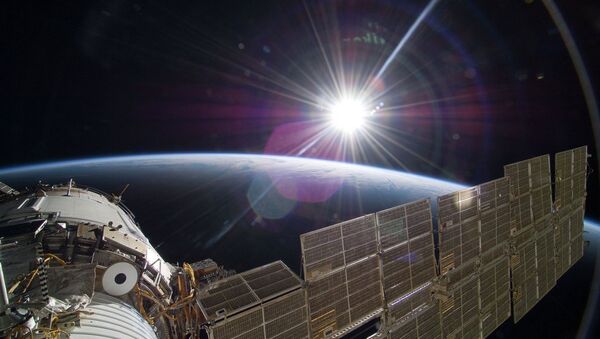MOSCOW (Sputnik) — According to NASA estimates, there are more currently more than 21,000 pieces of space debris larger than 10 cm (4 inches) orbiting the Earth.
“The engines of the Russian space cargo ship Progress M-26M, docked to the station, were fired at the preset time. As a result of the maneuver, the ISS evaded a piece of space junk,” the official told RIA Novosti.
The current ISS crew comprises Russian cosmonauts Anton Shkaplerov, Mikhail Kornienko and Gennady Padalka, US astronauts Terry Virts and Scott Kelly, and European Space Agency’s astronaut Samantha Cristoforetti.

Signals between astronaut Terry Virts and Earth weren't even transmitted directly from the ISS to the ground, but had to pass through a satellite over 30,000 km away over the earth, down to mission control in Houston and across to the European Space Agency's ESTEC technical centre in the Netherlands.
© ESA




